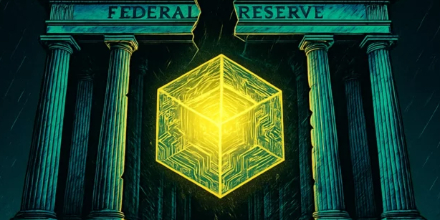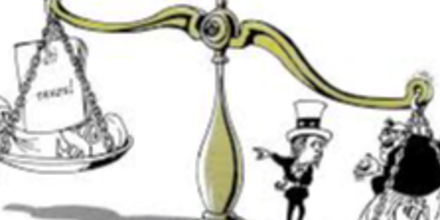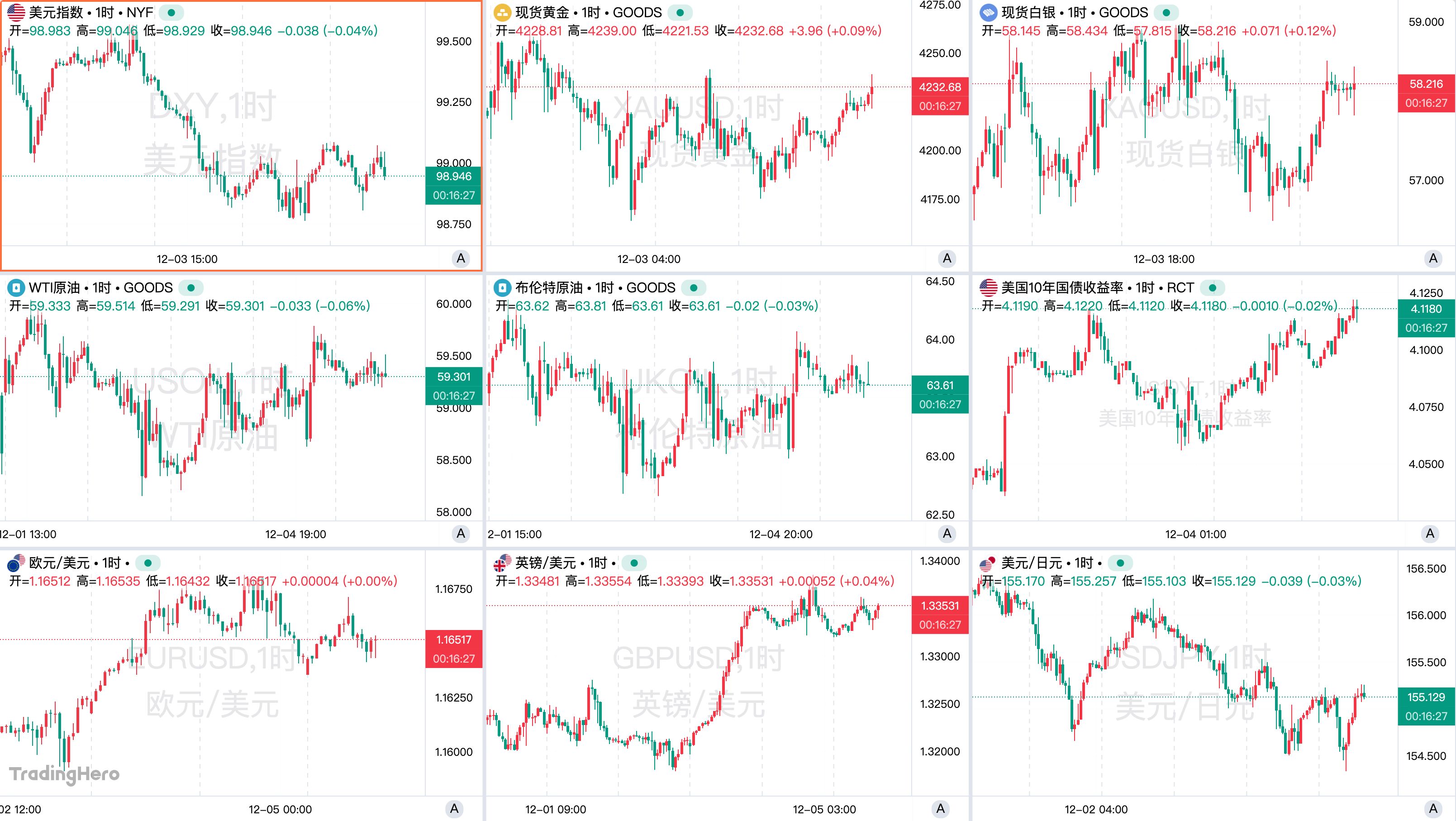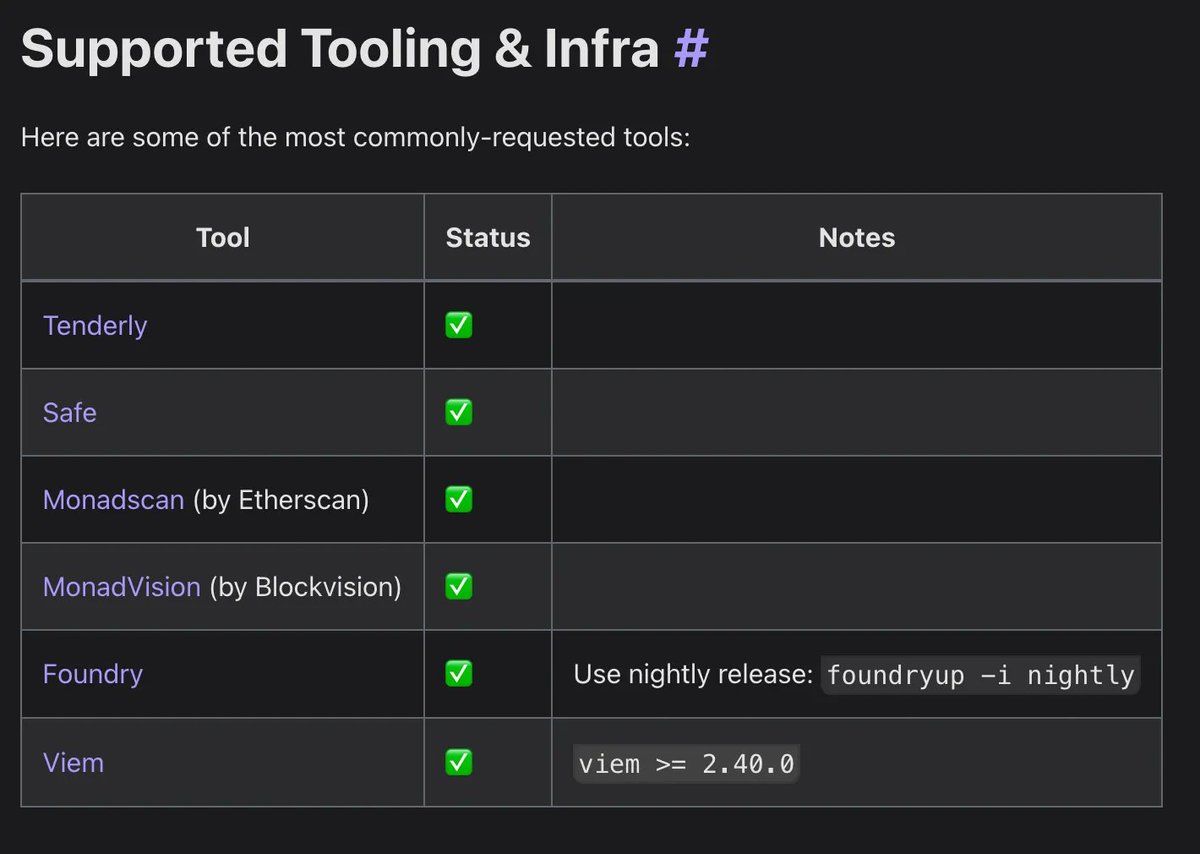Will a Europe-US BTC reserve race actually happen?
Swedish opposition MPs from the Sweden Democrats filed a parliamentary motion on Oct. 2, urging the government to explore a national Bitcoin (BTC) reserve.
The proposal is framed as diversification alongside kronor and gold, seeded partly with seized crypto. Additionally, it holds explicit skepticism about central bank digital currencies (CBDCs).
On the same day, Rep. Nick Begich renewed his push for a “Strategic Bitcoin Reserve,” referring back to the BITCOIN Act and proposing a five-year path to acquire up to one million BTC using “budget-neutral” mechanisms.
Taken together, the clustered signals indicate that politicians in two advanced economies are testing sovereign BTC exposure within the same news cycle.
If words turn to action
A US federal purchase program sized at 1 million BTC would equal approximately 4.76% of Bitcoin’s fixed 21 million supply and cost roughly $120 billion, for $120,000 per BTC.
Even a smaller pilot tranche would mechanically withdraw liquid supply, raise term scarcity, and tighten the float available to private buyers, effects that past state accumulations have hinted at.
El Salvador’s on-chain reserve, now slightly over 6,260 BTC, accounts for only about 0.03% of the total supply. However, its visibility made the idea of sovereign BTC ownership a real possibility to policymakers.
Sweden’s motion did not specify a target size, but its logic mirrors other proposals, including the Czech central bank governor’s suggestion to allocate up to 5% of FX reserves to Bitcoin. The move by the Czech central bank would funnel approximately €7 billion, or roughly 63,000 BTC at a price of $120,000, equivalent to 0.3% of the total supply.
Cross-geo, the political signals rhyme even if the legal mechanics differ. Sweden’s motion routes through the Riksdag, and if taken up by the government, would likely be referred to the finance ministry and central bank for feasibility work alongside existing gold and foreign exchange frameworks.
In the US, Congress can legislate purchases and governance while leveraging March’s executive order that established a federal Bitcoin reserve and digital asset stockpile.
The BITCOIN Act notes funding via Fed remittances and balance sheet revaluation tools to avoid direct appropriations. Sub-national experiments also matter to sentiment, as New Hampshire authorized up to 5% of state funds to be invested in precious metals and large-cap digital assets.
Abroad, Pakistan has established a national reserve as part of a broader mining and data center program. None of these is the same as a G7 central bank buying BTC outright, but together they map a vector rather than an anecdote.
Potential steps and results
The policy steps that would actually move macro relationships are straightforward and powerful.
First, there is a statutory authority to purchase and hold Bitcoin as a reserve asset, with clear mandates for custody, auditing, and reporting. Once a paramount sovereign can buy programmatically rather than opportunistically, supply absorption becomes predictable.
Second is a funding rule, whether budget-neutral mechanisms in the US or rebalancing rules in Europe, that automates the bid across cycles.
Third is a disclosure cadence similar to that of FX reserves data. Suppose markets can anchor on scheduled sovereign prints. In that case, BTC’s sensitivity to real yields can fall as “policy demand” partially replaces “risk appetite” demand, similar to how official sector gold buying has damped gold’s beta to rates at the margin.
Finally, reserve management guidelines that permit lending, swaps, or strategic liquidity provision would pull Bitcoin into the plumbing of public finance, broadening the set of price-insensitive balance sheets on the bid.
The upshot is that credible, sovereign demand would tend to weaken the historical inverse correlation between BTC and real yields during accumulation windows, with the sign and magnitude depending on the size and transparency of the program.
Sizing the ideas on the table gives perspective. The US proposal would amount to 4.76% of the supply.
Meanwhile, El Salvador’s disclosed holdings surpassed 6,260 BTC. The Czech governor’s experiment would capture 0.3% of the supply.
The US federal government already controls a sizable amount of BTC from forfeitures, roughly 200,000 BTC, according to tallies shared by White House crypto czar David Sacks. The amount translates to nearly 1% of the supply.
As a result, formalizing part of that as strategic reserves would not be “new” demand, but changing the mandate could alter global patterns.
Considering Bitcoin’s fixed supply and the global signals, a reserve race between the US and Europe is a plausible outcome. The test is whether parliaments and Congress convert talking points into purchase authority, funding rules, and disclosures that markets can model.
If they do, the repricing won’t just be about Bitcoin increasing in value because governments are buying. It will be about a new class of structurally price-insensitive actors refactoring how Bitcoin trades against real yields, FX, and risk assets.
The post Will a Europe-US BTC reserve race actually happen? appeared first on CryptoSlate.
Disclaimer: The content of this article solely reflects the author's opinion and does not represent the platform in any capacity. This article is not intended to serve as a reference for making investment decisions.
You may also like
Stablecoin Legislation Booms Globally, Why Is China Taking the Opposite Approach? An Article to Understand the Real National Strategic Choices
Amid the global surge in stablecoin legislation, China has chosen to firmly curb stablecoins and other virtual currencies, while accelerating the development of the digital yuan to safeguard national security and monetary sovereignty. Summary generated by Mars AI. This summary is produced by the Mars AI model and its accuracy and completeness are still being iteratively improved.

Liquidity migration begins! Japan becomes the Fed's "reservoir," 120 billions in carry trade returns set to ignite the December crypto market
The Federal Reserve has stopped quantitative tightening and may cut interest rates, while the Bank of Japan plans to raise rates, changing the global liquidity landscape and impacting carry trades and asset pricing. Summary generated by Mars AI. This summary is produced by the Mars AI model, and the accuracy and completeness of its content are still under iterative improvement.

Weekly Hot Picks: Bank of Japan Sends Strongest Rate Hike Signal! Is the Copper Market Entering a Supercycle Rehearsal?
The leading candidate for Federal Reserve Chair is being questioned for potentially "accommodative rate cuts." Copper prices have reached a historic high, and a five-hour meeting between the United States and Russia ended without results. Expectations for a Japanese interest rate hike in December have surged, and Moore Threads' stock soared more than fivefold on its first day... What market moves did you miss this week?

Monad Practical Guide: Welcome to a New Architecture and High-Performance Development Ecosystem
This article will introduce some resources to help you better understand Monad and start developing.

